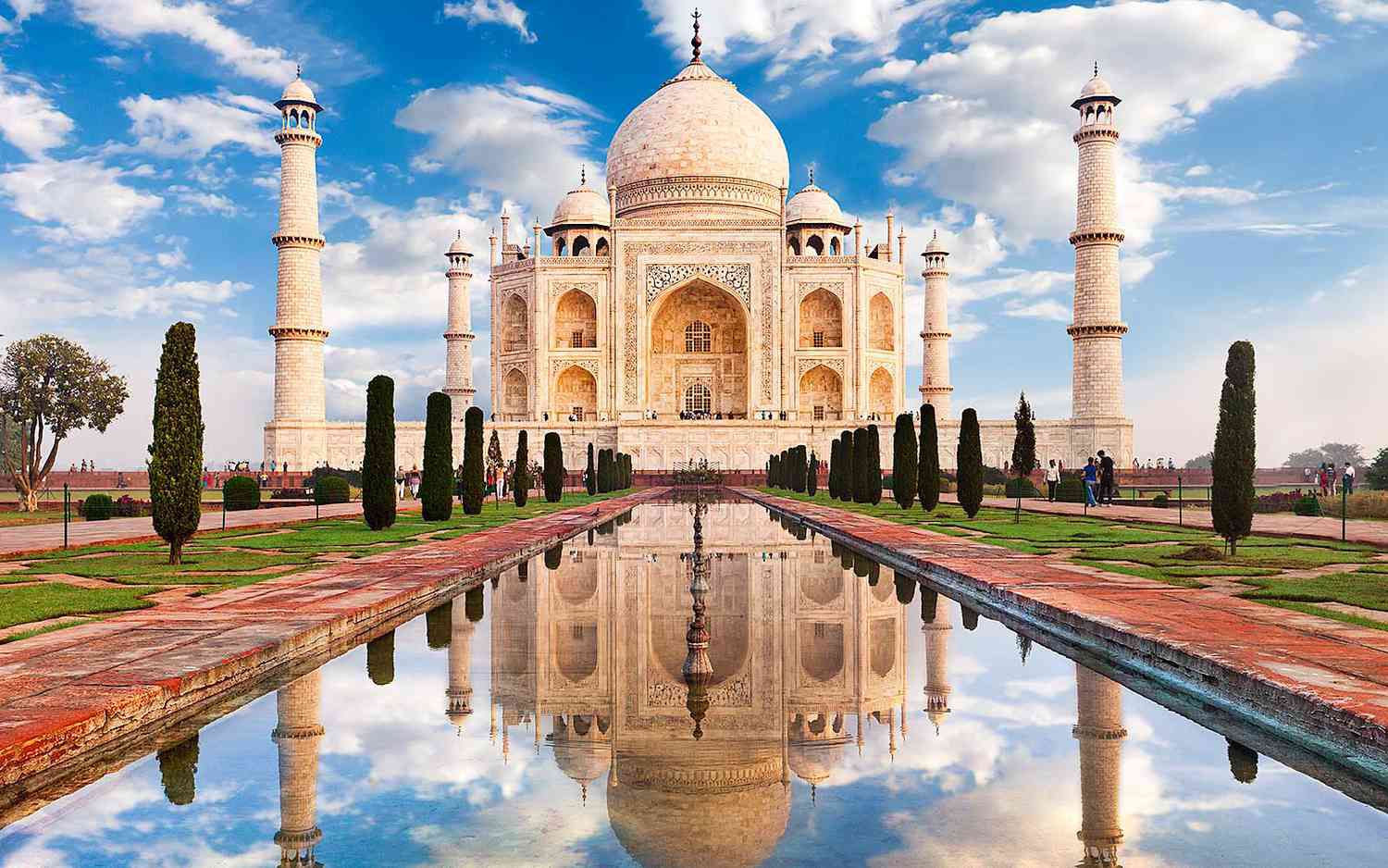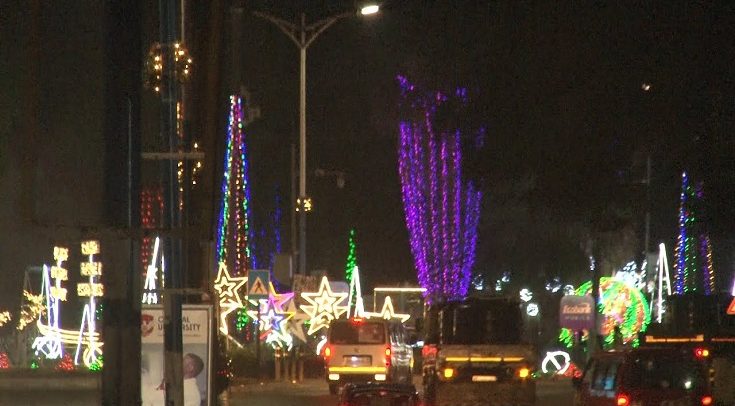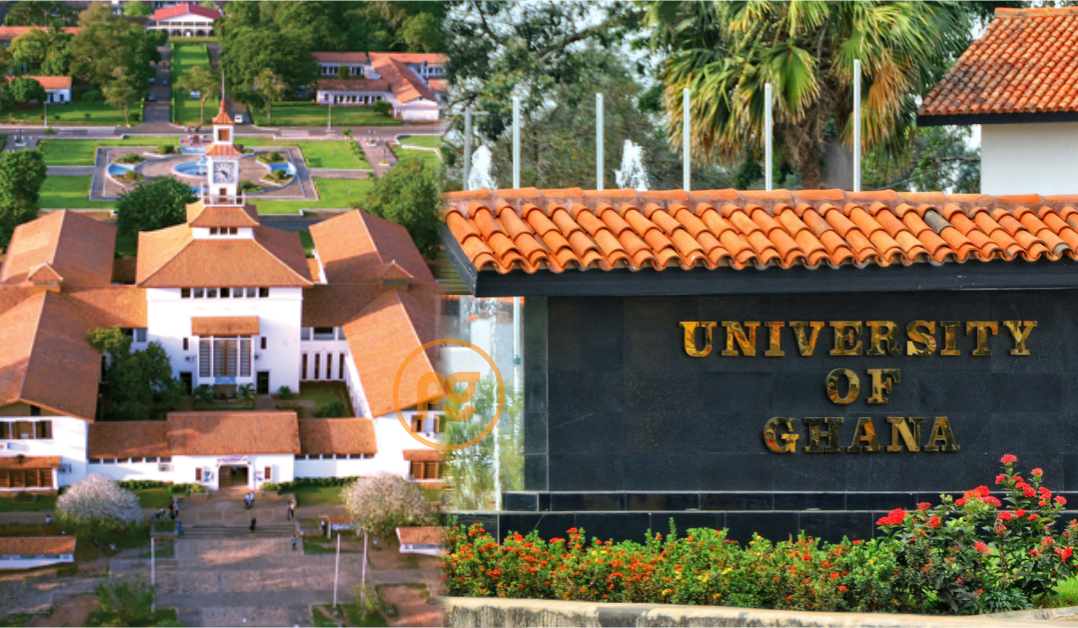
Let’s be real, some places are just built different. These aren’t your average “take a selfie and bounce” destinations.
These are the main characters of world travel. The spots you see in movies, on TikTok feeds, or as your phone wallpaper when you’re deep in daydream mode at work or school.
From pyramids older than your last situationship to waterfalls that could out-drip your whole feed, we’re talking bucket list gold here.
Most Visited Tourist Attractions In The World
Whether you're saving up, planning a soft-life getaway, or just vibing with some travel inspo, this list will make you want to book a flight yesterday.
Ready? Let’s tour the world one jaw-drop at a time.
MUST READ: 10 most secure prisons in the world where escape is impossible
1. The Louvre Museum, Paris, France
Originally built as a fortress in the 12th century under King Philip II, the Louvre transformed from royal palace to revolutionary symbol before becoming the world's premier art museum in 1793.
The palace witnessed centuries of French history, housing monarchs from Francis I to Louis XIV before they moved to Versailles.
The museum's collection spans 9,000 years of art and culture, from ancient Mesopotamian artefacts to 19th-century masterpieces.
The Louvre's magnetic appeal stems from its unparalleled collection of 35,000 works, including Leonardo da Vinci's enigmatic Mona Lisa, which alone attracts 6 million viewers annually.
The museum's glass pyramid, designed by I.M. Pei and completed in 1989 amid fierce controversy, has become an architectural icon that successfully marries classical French architecture with modern design.
READ ALSO: 15 of the most dangerous and brutal prisons in the world where survival isn’t guaranteed
Visitors journey through human civilisation's greatest artistic achievements, from the ancient Egyptian antiquities department to the crown jewels of France.
The sheer scale and quality of the collection, combined with Paris's romantic allure and the museum's role in popular culture, create an irresistible draw for art lovers and curious travellers worldwide.
2. Times Square, New York City, USA
Times Square emerged from Manhattan's theatre district in the early 1900s, named after The New York Times relocated its headquarters there in 1904.
Originally called Longacre Square, this intersection became the heart of American entertainment, surviving the Great Depression, urban decay of the 1970s-80s, and multiple reinventions to become today's glittering commercial spectacle.
READ MORE: 10 African words with deep meanings
The area's transformation from a seedy red-light district to a family-friendly tourist destination represents one of urban planning's greatest success stories.
The magnetic pull of Times Square lies in its sensory overload and symbolic representation of American capitalism and dreams.
The towering LED billboards create an outdoor cathedral of commerce, while the constant flow of yellow taxis, street performers, costumed characters, and diverse crowds embodies the melting pot of New York City.
Visitors are drawn by the 24/7 energy; the proximity to Broadway theatres offering world-class entertainment; flagship stores like the massive M&M's World and Hershey's Chocolate World; and the iconic ball drop location that welcomes each New Year.
The square represents the American dream in its most concentrated form—bright, loud, ambitious, and never sleeping. For many international visitors, standing in Times Square fulfils the quintessential I made it to America moment.
3. The Great Wall of China
READ THIS: 7 powerful reasons every man should eat okro for better health and performance
Construction of the Great Wall began as early as the 7th century BC, with various warring states building defensive walls.
The most famous sections were built during the Ming Dynasty (1368-1644), when the wall reached its current form as a unified defensive system.
Contrary to popular belief, the wall was not built in a single period but represents over 2,000 years of construction, reconstruction, and maintenance by millions of workers, including soldiers, peasants, and prisoners.
The wall served not only as a military defence but also as a border control system, regulating trade along the Silk Road.
The Great Wall captivates visitors as the ultimate symbol of human determination and engineering prowess. Its appeal lies in the staggering scale, stretching over 13,000 miles across deserts, mountains, and grasslands, and the realisation that this massive structure was built largely by hand.
Visitors experience a profound connection to history while walking along battlements where soldiers once stood guard against northern invasions.
The wall's snaking path across dramatic landscapes, particularly at Badaling and Mutianyu, offers breathtaking photographic opportunities.
The site represents more than architecture; it embodies Chinese civilisation's persistence, ingenuity, and willingness to undertake seemingly impossible projects.
International visitors are drawn by the mystique of this ancient wonder, while Chinese visitors feel deep national pride in their ancestors' achievement.
MUST READ: 5 essential factors to consider when buying a phone
4. Disneyland Parks (Global)
Walt Disney's revolutionary concept began in 1955 with Disneyland in Anaheim, California, born from his desire to create a place where parents and children could have fun together.
Disney envisioned a clean, wholesome alternative to the seedy amusement parks of the era.
The success of the original park led to Walt Disney World in Florida (1971), followed by international expansion to Tokyo (1983), Paris (1992), Hong Kong (2005), and Shanghai (2016).
Each park reflects local culture while maintaining Disney's core philosophy of storytelling through immersive experiences.
Disney parks attract millions because they offer escapism perfected to an art form.
The meticulous attention to detail—from hidden Mickeys to the specific scents pumped through attractions—creates fully immersive alternate realities.
Families are drawn by multi-generational appeal, where grandparents and grandchildren share identical wonder at meeting beloved characters brought to life.
The parks represent childhood dreams made tangible, where fairy tales have happy endings and magic seems real.










![Dormaahene hails Mahama, vows to carry him at his back if cedi hits GH?8 to $1 [Video]](https://sportal365images.com/process/smp-images-production/pulse.com.gh/01062025/e9150a95-eb04-4066-bf2d-fef977524ffe.png)


![Hajia4Reall makes a bold comeback with new music after U.S prison sentence [Video]](https://sportal365images.com/process/smp-images-production/pulse.com.gh/01062025/88287b98-5b5d-4e81-b3b1-c4adb7b6ee54.png)













Facebook
Twitter
Pinterest
Instagram
Google+
YouTube
LinkedIn
RSS